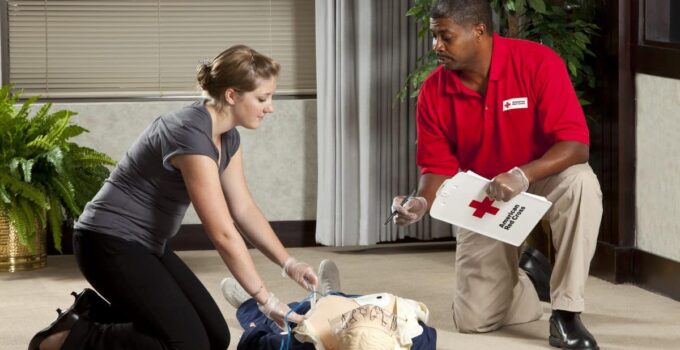When it comes to emergency situations, the difference between life and death often hinges on the immediate actions taken by bystanders before professional help arrives. While first aid certification equips individuals with essential skills to handle various emergencies, the question arises: Is it enough, or is CPR training also necessary? Understanding the distinction and importance of both can significantly impact one’s preparedness and effectiveness in critical scenarios. In this article, we will explore the importance of first aid and CPR training, how they differ, and why having both can be crucial for saving lives.
Understanding First Aid Certification
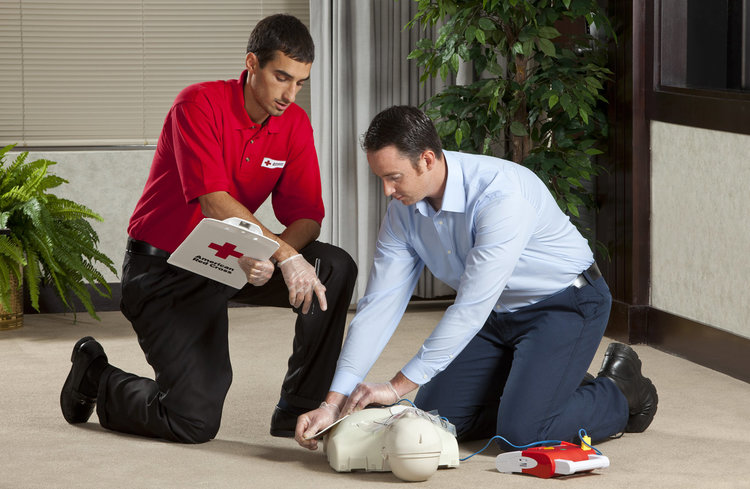
Source: amarillocprcenter.com
First aid certification involves training that prepares individuals to provide initial care for various minor and severe injuries and illnesses until professional medical help is available. This training covers a broad range of topics, including wound care, burns, fractures, poisoning, allergic reactions, and choking. The primary objective is to stabilize the injured or ill person, prevent the condition from worsening, and offer comfort and support.
First aid courses are comprehensive, often including practical hands-on training. They teach skills such as how to use bandages and splints, administer basic medications like pain relievers and antihistamines, perform the Heimlich maneuver, and manage minor cuts and bruises. A standard first aid kit is also discussed, and individuals learn how to utilize the items effectively. By obtaining first aid certification, individuals become more confident in their ability to handle unexpected emergencies, contributing to a safer environment in homes, workplaces, and public spaces.
What Does CPR Training Involve?
CPR, or Cardiopulmonary Resuscitation, is a lifesaving technique specifically designed to maintain blood flow to the brain and heart in cases of cardiac arrest. CPR training focuses on teaching the correct methods for chest compressions and rescue breathing. Unlike general first aid, CPR is more specialized and requires precise knowledge and technique. Immediate administration of CPR can double or even triple a victim’s chances of survival in cases where the heart has stopped beating.
CPR training often includes learning to use an Automated External Defibrillator (AED), a device that delivers an electric shock to the heart to restore its rhythm. Understanding how to perform CPR and use an AED effectively is crucial, especially since cardiac arrest can occur without warning and within any age group. CPR training courses are available for different age groups, including adults, children, and infants, ensuring that responders are prepared for all scenarios.
The Differences Between First Aid and CPR
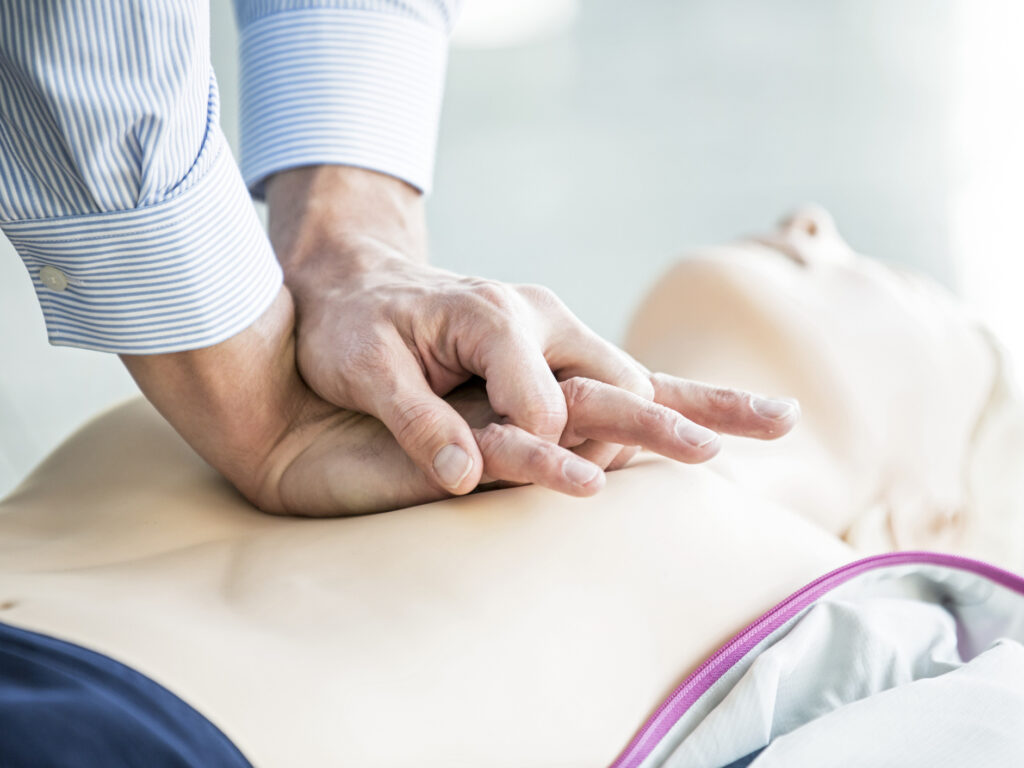
Source: npr.org
While both first aid and CPR are emergency response skills, they cater to different needs:
| Aspect | First Aid | CPR |
| Purpose | Manage injuries and illnesses | Maintain circulation and breathing |
| Scope | Covers a wide range of conditions | Focuses on cardiac and breathing emergencies |
| Techniques | Bandaging, treating wounds, stabilizing bones | Chest compressions, rescue breathing, AED use |
| Situational Use | Cuts, burns, fractures, choking, poisoning | Cardiac arrest, near-drowning, choking |
| Required Equipment | First aid kit | No specific equipment, but AED may be used |
| Training Duration | Varies (typically a few hours) | Usually a few hours to half a day |
This table illustrates that while first aid covers a broader spectrum of situations, CPR is highly focused on specific life-threatening conditions, particularly those related to the heart and breathing. Both skills are invaluable, but their application depends on the nature of the emergency.
The Importance of Both First Aid and CPR Training
Relying solely on first aid training may leave gaps in one’s ability to respond effectively to all types of emergencies. For example, first aid training might prepare someone to handle a cut or a sprain but not necessarily a situation where someone’s heart stops beating. In contrast, CPR training focuses explicitly on situations where immediate action is required to maintain life. Thus, the combination of both first aid and CPR training provides a more comprehensive skill set, enabling individuals to respond effectively to a wider range of emergencies.
In scenarios where time is critical, such as cardiac arrest, immediate action is often the key to survival. The American Heart Association notes that survival rates for cardiac arrest outside of hospitals are only about 10%, but these rates can be doubled or tripled if CPR is performed immediately. With over 350,000 cardiac arrests occurring outside of hospitals in the United States each year, the significance of widespread CPR training cannot be overstated.
How First Aid and CPR Certification Work Together
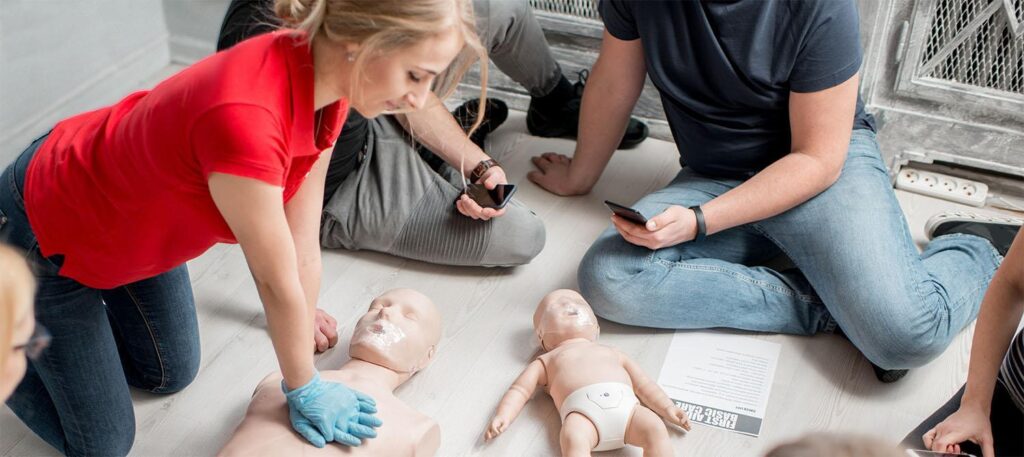
Source: southcentral.edu
In emergencies, the integration of first aid and CPR skills enhances overall effectiveness. Consider the following scenario: a person collapses due to a heart attack. A bystander with both first aid and CPR training can quickly assess the situation, call emergency services, check for responsiveness, and, if necessary, begin CPR. If the person is conscious and suffering from a different medical condition, first aid skills could be employed to manage symptoms and provide comfort until professional help arrives.
Being trained in both areas also means being prepared for different stages of an emergency. CPR might be required to keep someone alive, while first aid might address subsequent injuries or complications. For example, someone could suffer from burns after a near-drowning incident where CPR was initially necessary. The versatility provided by both certifications ensures a holistic approach to emergency care.
Who Should Consider Getting Both Certifications?
While anyone can benefit from first aid and CPR training, certain groups are particularly encouraged to seek certification in both:
- Parents and Caregivers: Children are prone to accidents and medical emergencies. Parents and caregivers should be equipped to handle everything from cuts and bruises to choking and cardiac events.
- Teachers and School Staff: With the responsibility of looking after multiple children, educators should be prepared to respond to various emergencies that could occur in a school setting.
- Healthcare Workers: Even if they work in non-critical areas, healthcare workers should have comprehensive emergency response skills.
- Employees in High-Risk Environments: Construction sites, factories, and other workplaces with higher accident risks should have staff trained in both first aid and CPR.
- Community Volunteers: Individuals involved in community service or volunteering at events should be prepared to assist in emergencies.
Accessible Training and Certification
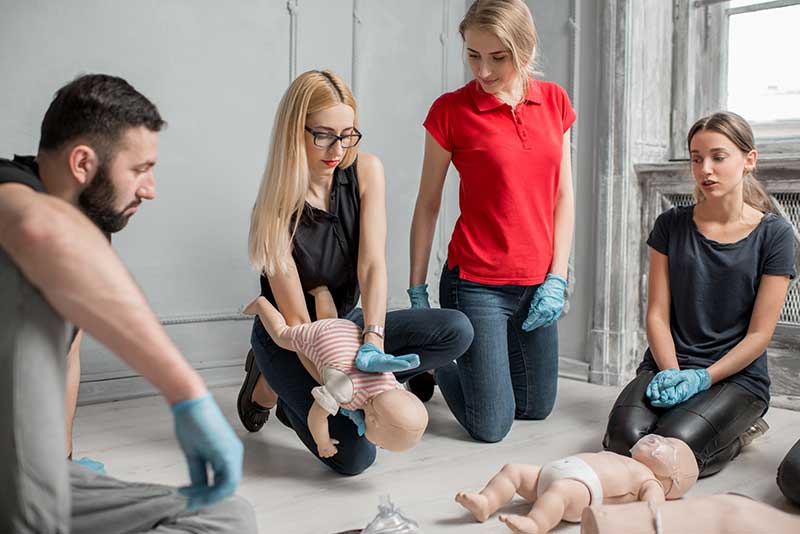
Source: inhomecpr.com
Obtaining first aid and CPR certification is more accessible than ever. Many organizations offer flexible training options, including online courses that provide theoretical knowledge and practical demonstrations. One such resource is MyCPR NOW, which offers comprehensive CPR and first aid certification courses designed to fit various needs and schedules. The availability of online training ensures that individuals can gain essential lifesaving skills regardless of their location or time constraints.
Conclusion
While first aid certification is invaluable in preparing individuals to handle a wide array of emergencies, it is not always enough when faced with life-threatening situations like cardiac arrest. CPR training provides the specialized skills needed to act swiftly and effectively in such scenarios, significantly increasing the chances of survival. By obtaining both first aid and CPR certification, individuals can be better equipped to handle diverse emergencies, making them more effective responders in critical situations.

